-
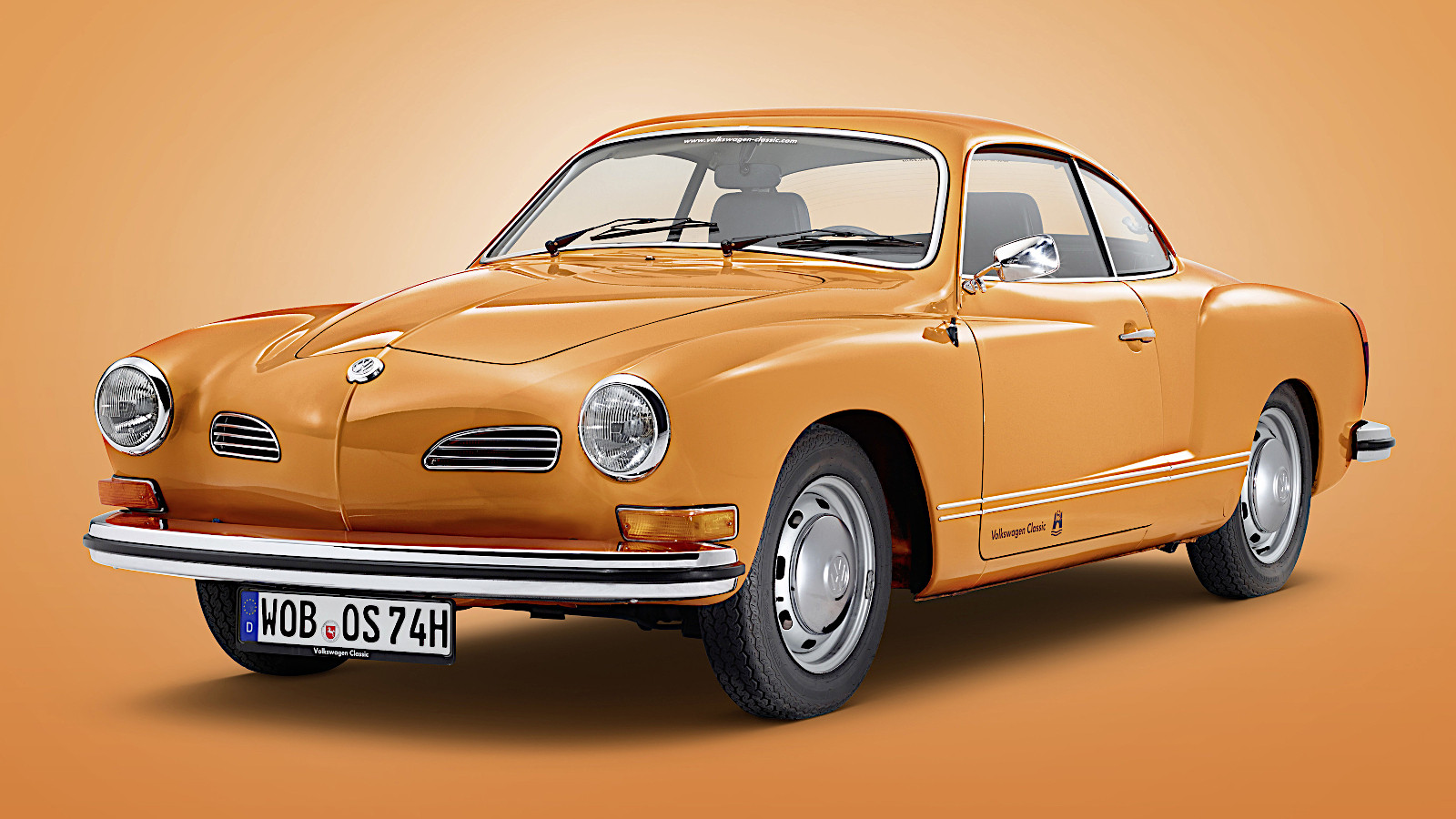 © Volkswagen
© Volkswagen -
 © Sicnag/Creative Commons https://creativecommons.org/licenses/by/2.0/legalcode
© Sicnag/Creative Commons https://creativecommons.org/licenses/by/2.0/legalcode -
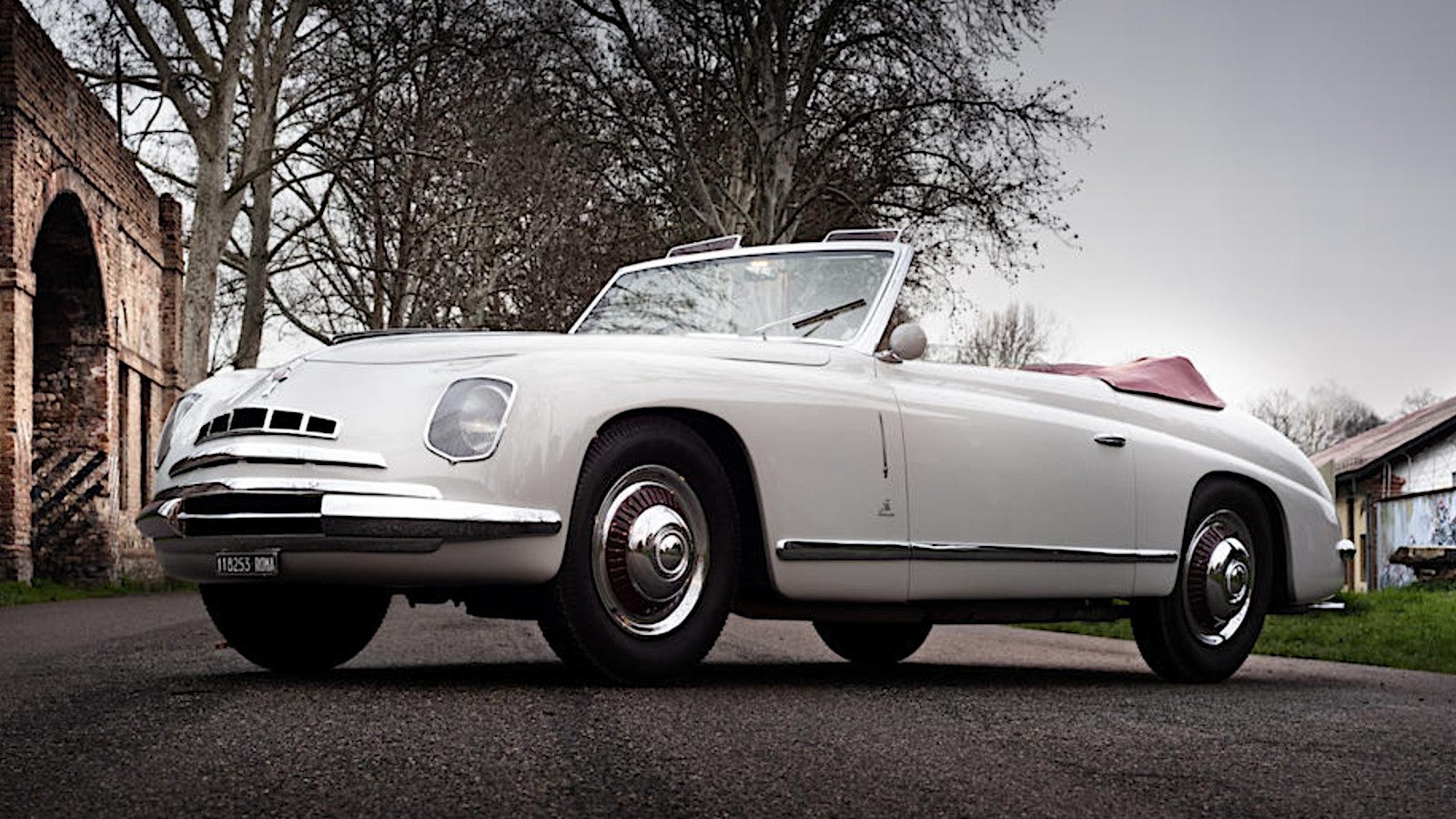 © Bonhams
© Bonhams -
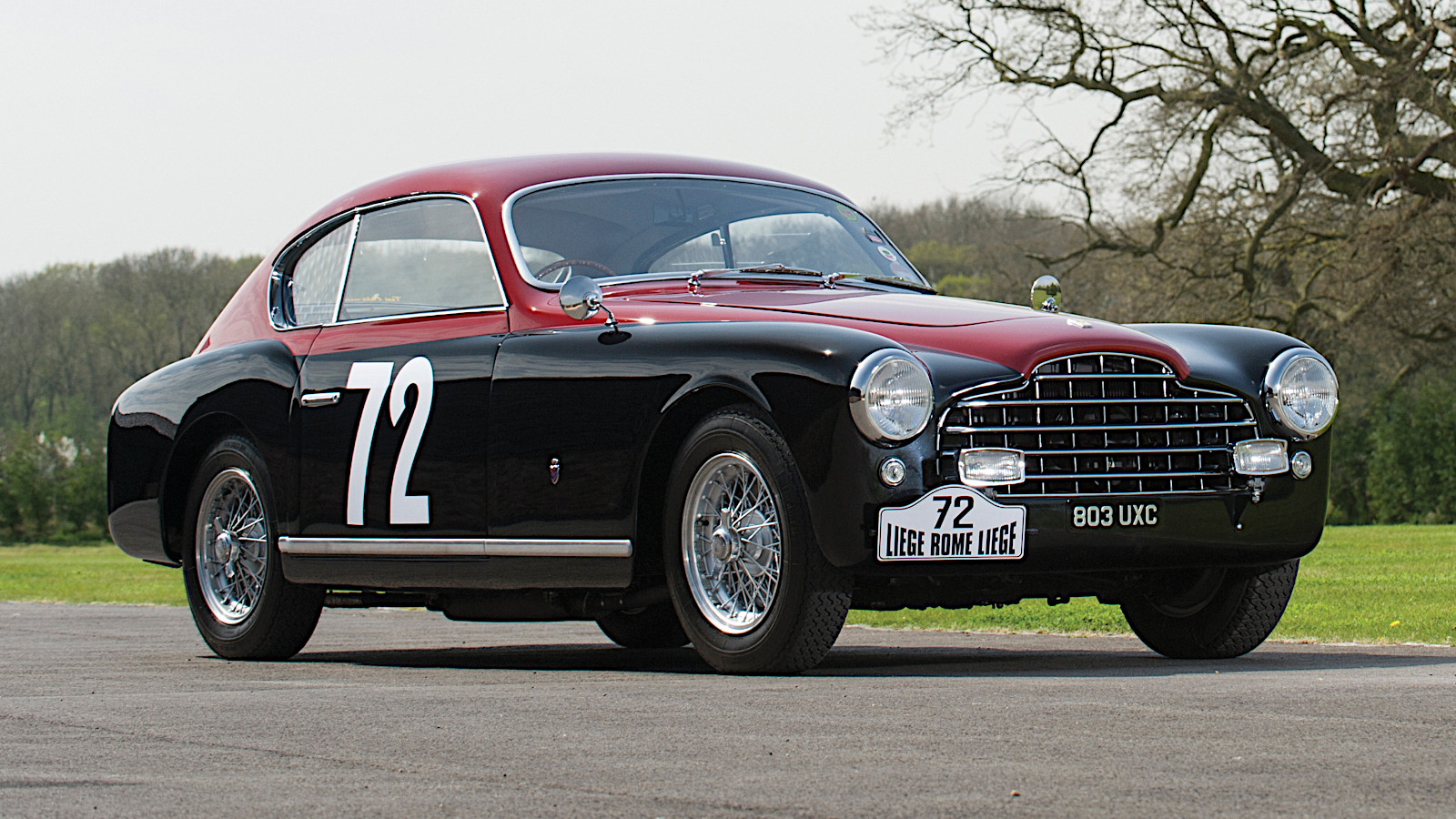 © Tom Wood/RM Sotheby’s
© Tom Wood/RM Sotheby’s -
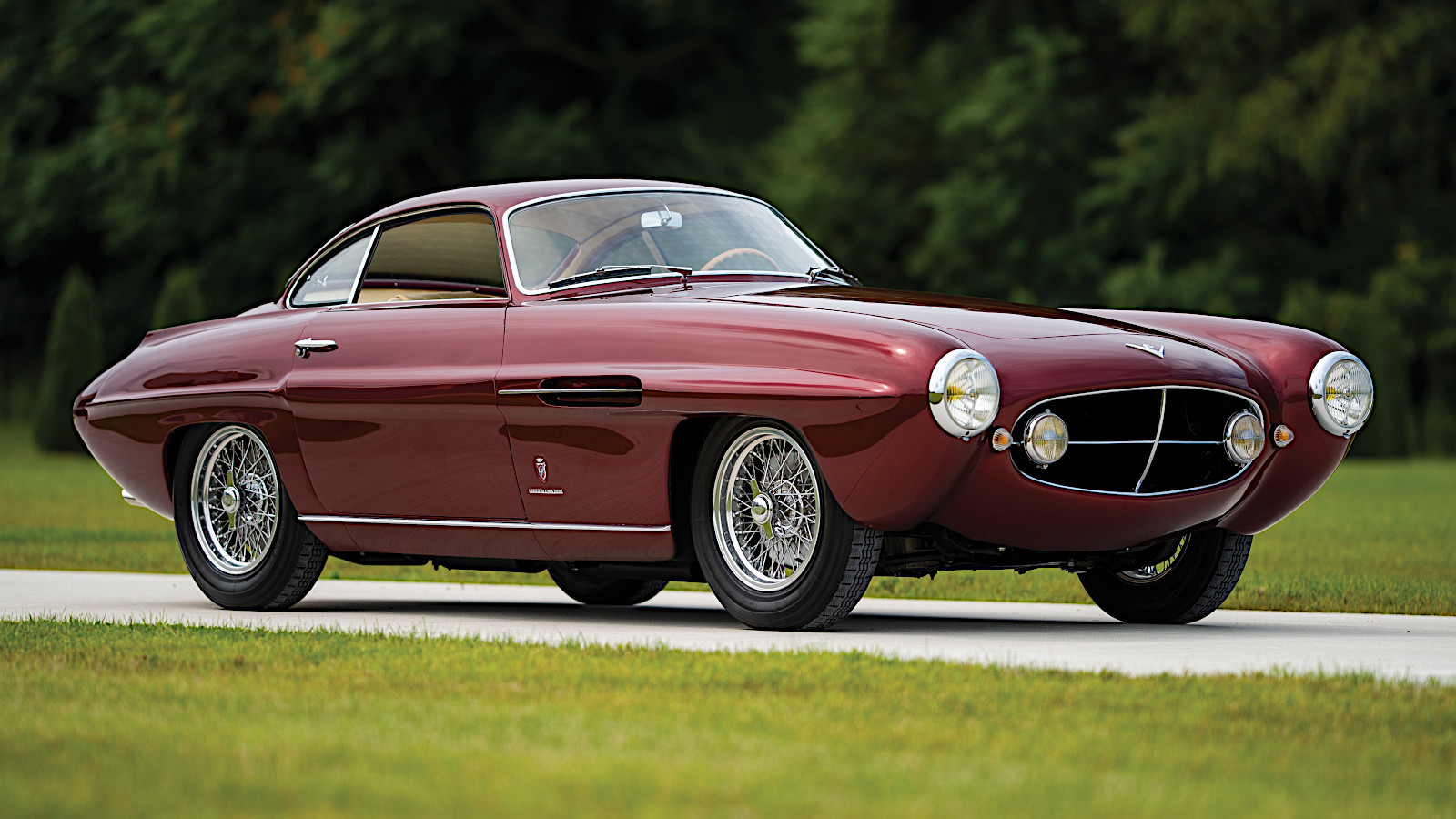 © Darin Schnabel/RM Sotheby’s
© Darin Schnabel/RM Sotheby’s -
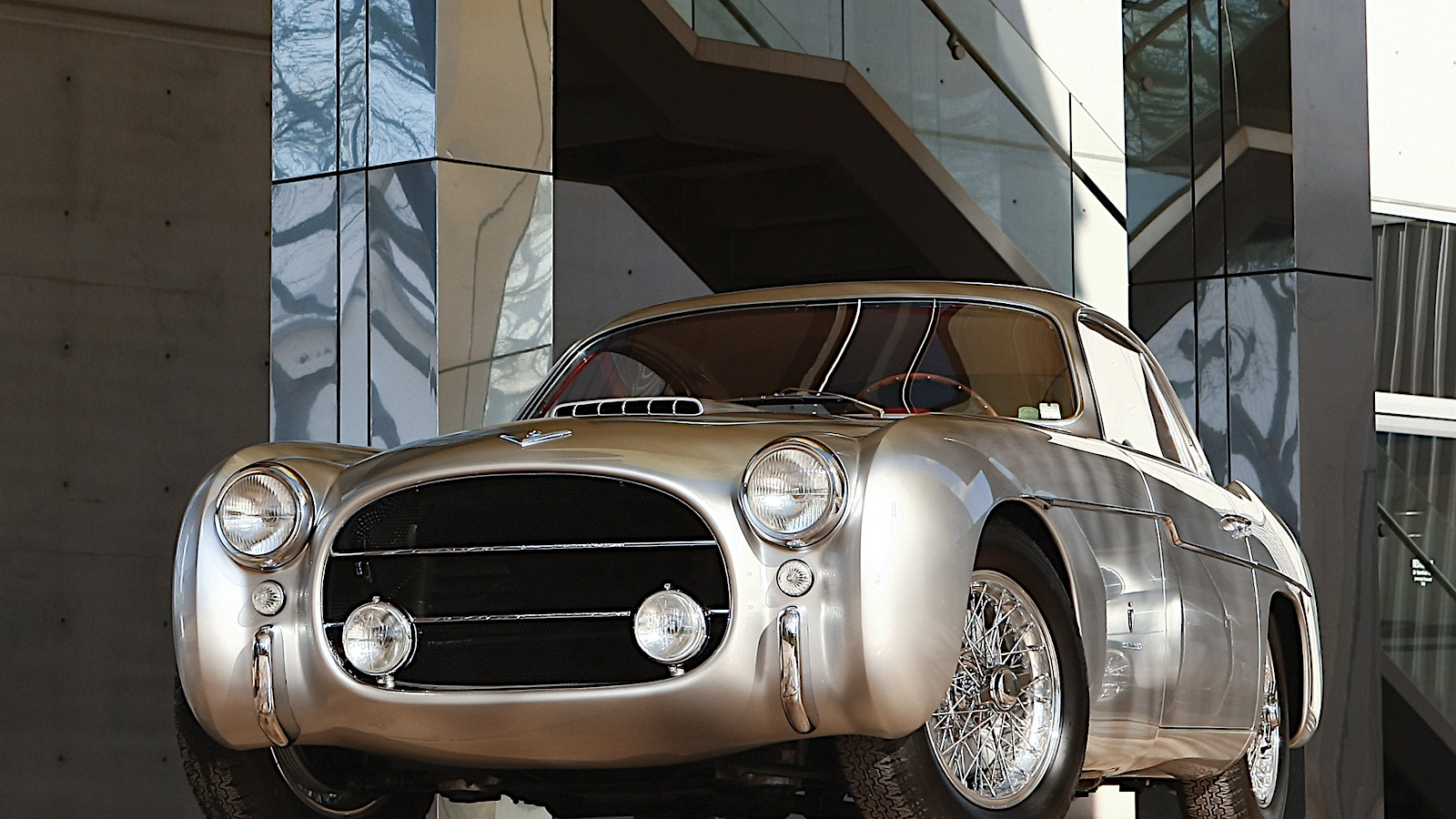 © RM Sotheby’s
© RM Sotheby’s -
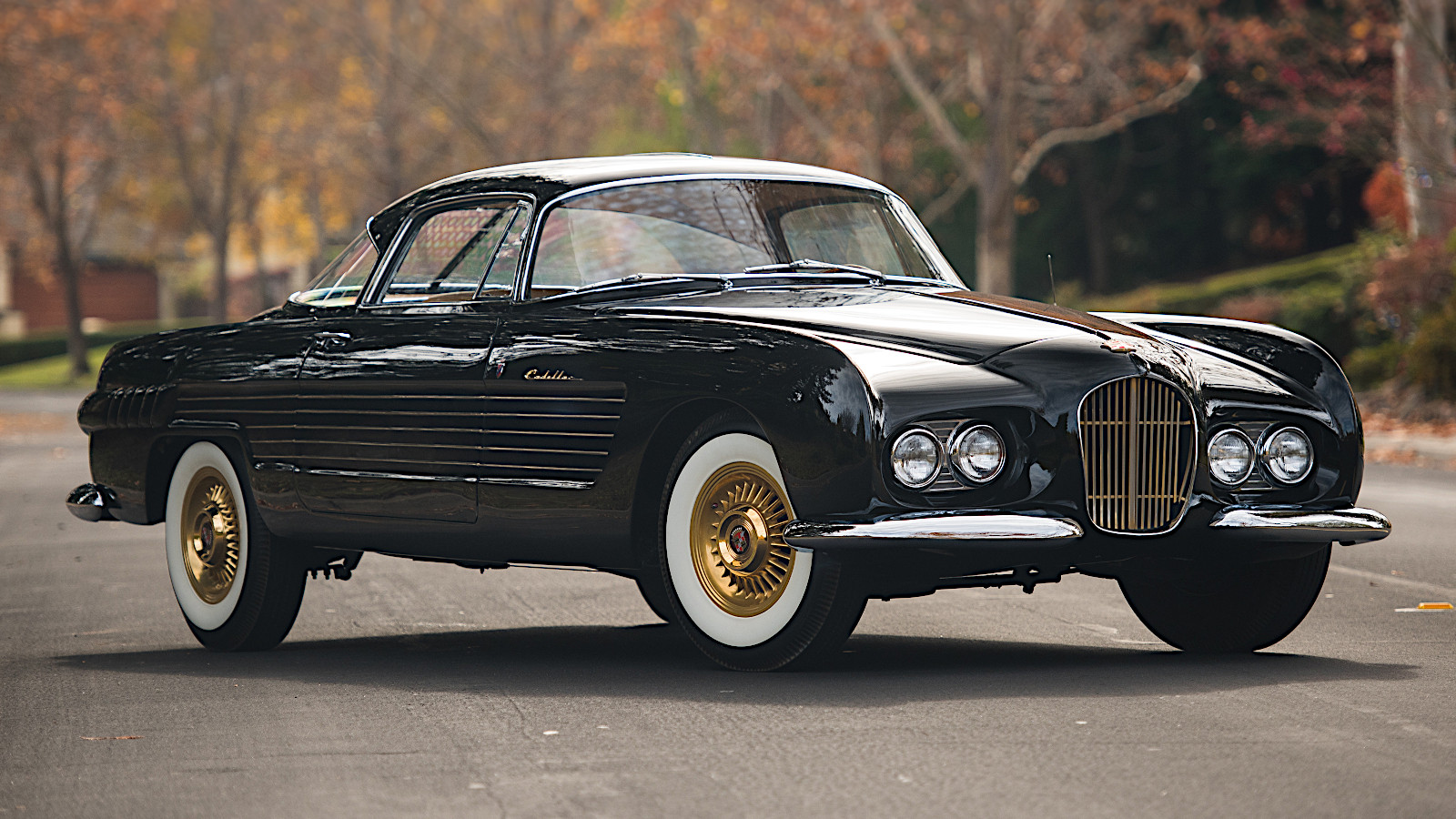 © Darin Schnabel/RM Sotheby’s
© Darin Schnabel/RM Sotheby’s -
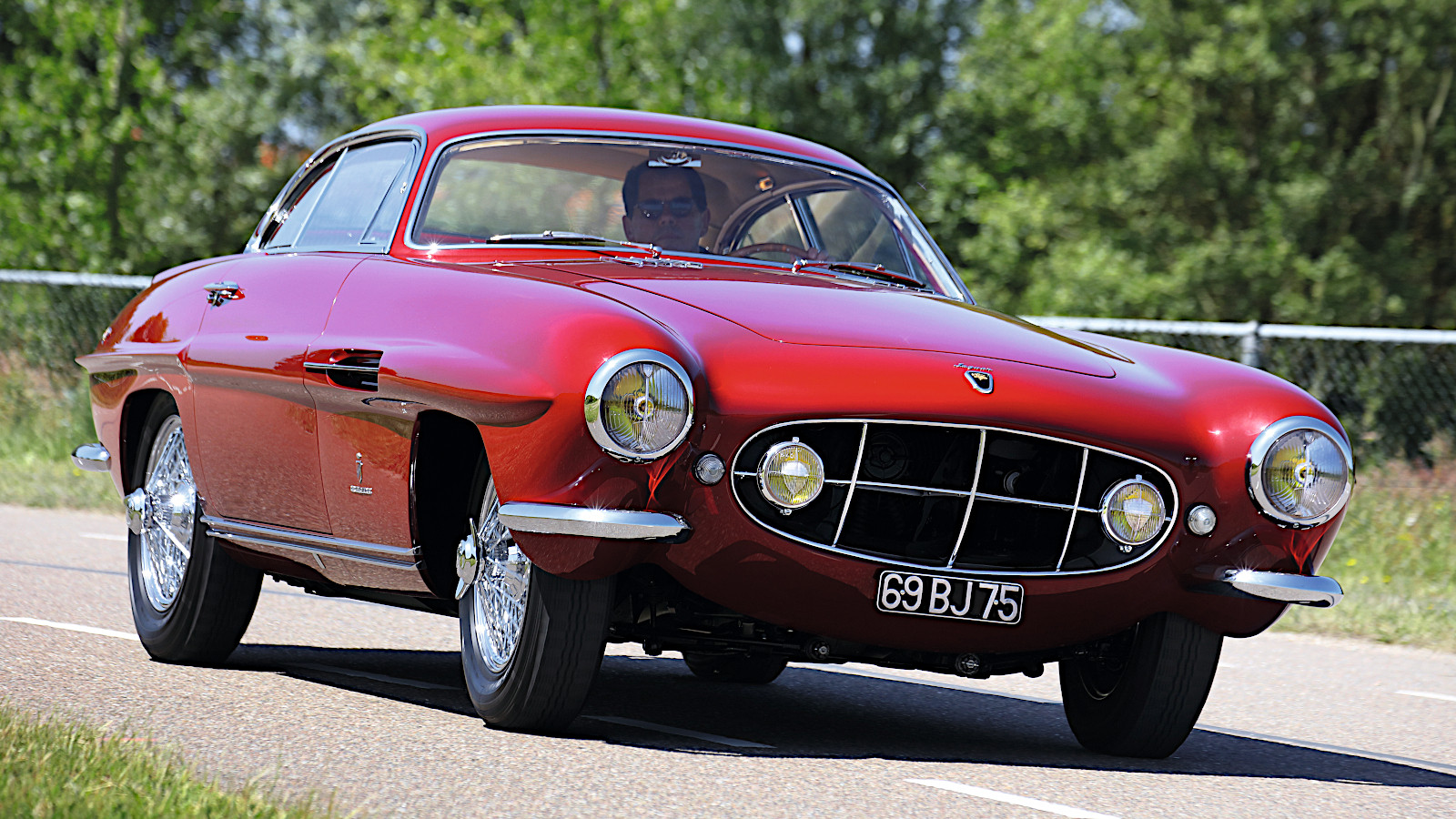 © James Mann/Classic & Sports Car
© James Mann/Classic & Sports Car -
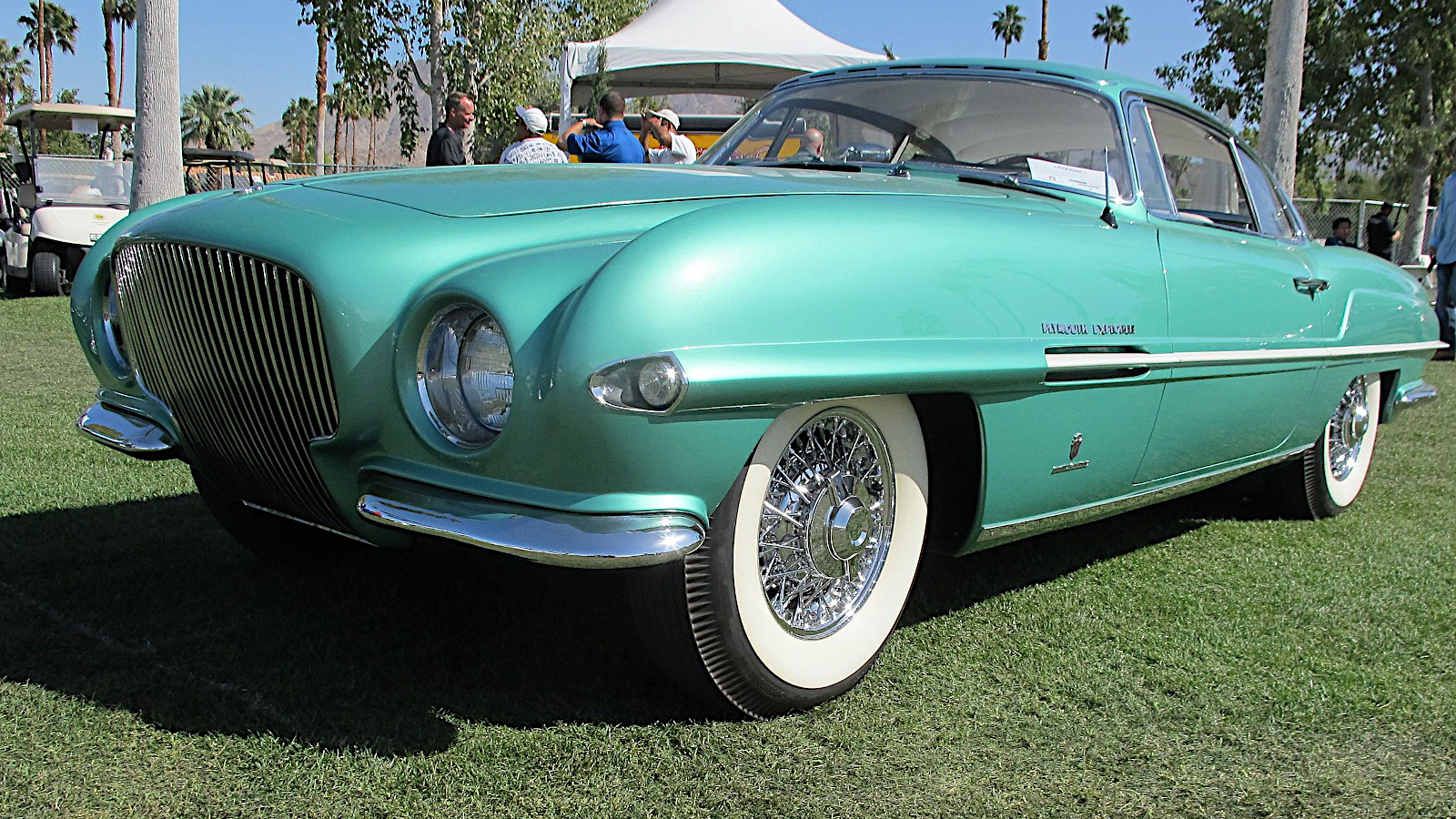 © Larry Stevens (public domain)
© Larry Stevens (public domain) -
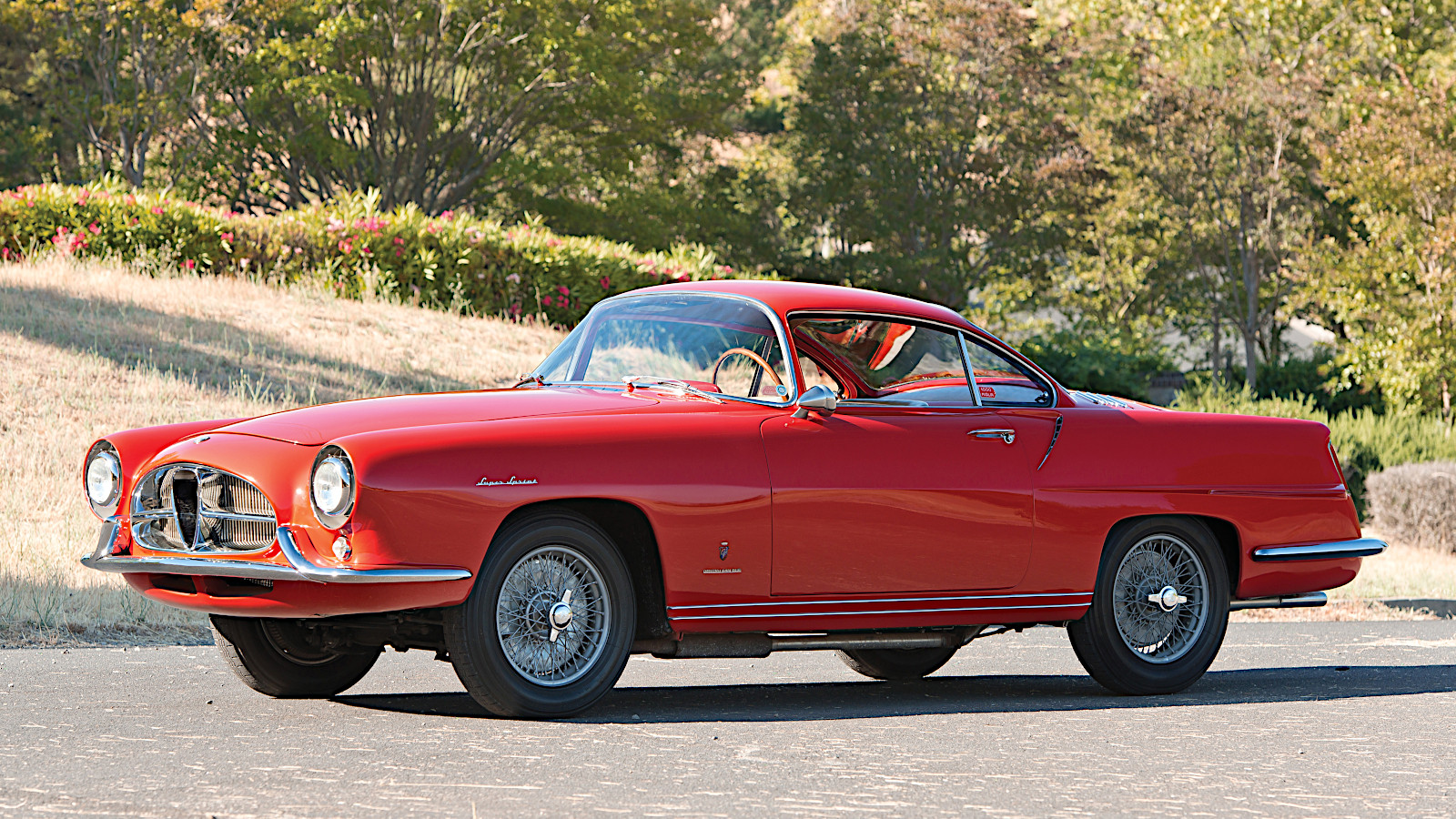 © Robin Adams/RM Auctions
© Robin Adams/RM Auctions -
 © Sicnag/Creative Commons https://creativecommons.org/licenses/by/2.0/legalcode
© Sicnag/Creative Commons https://creativecommons.org/licenses/by/2.0/legalcode -
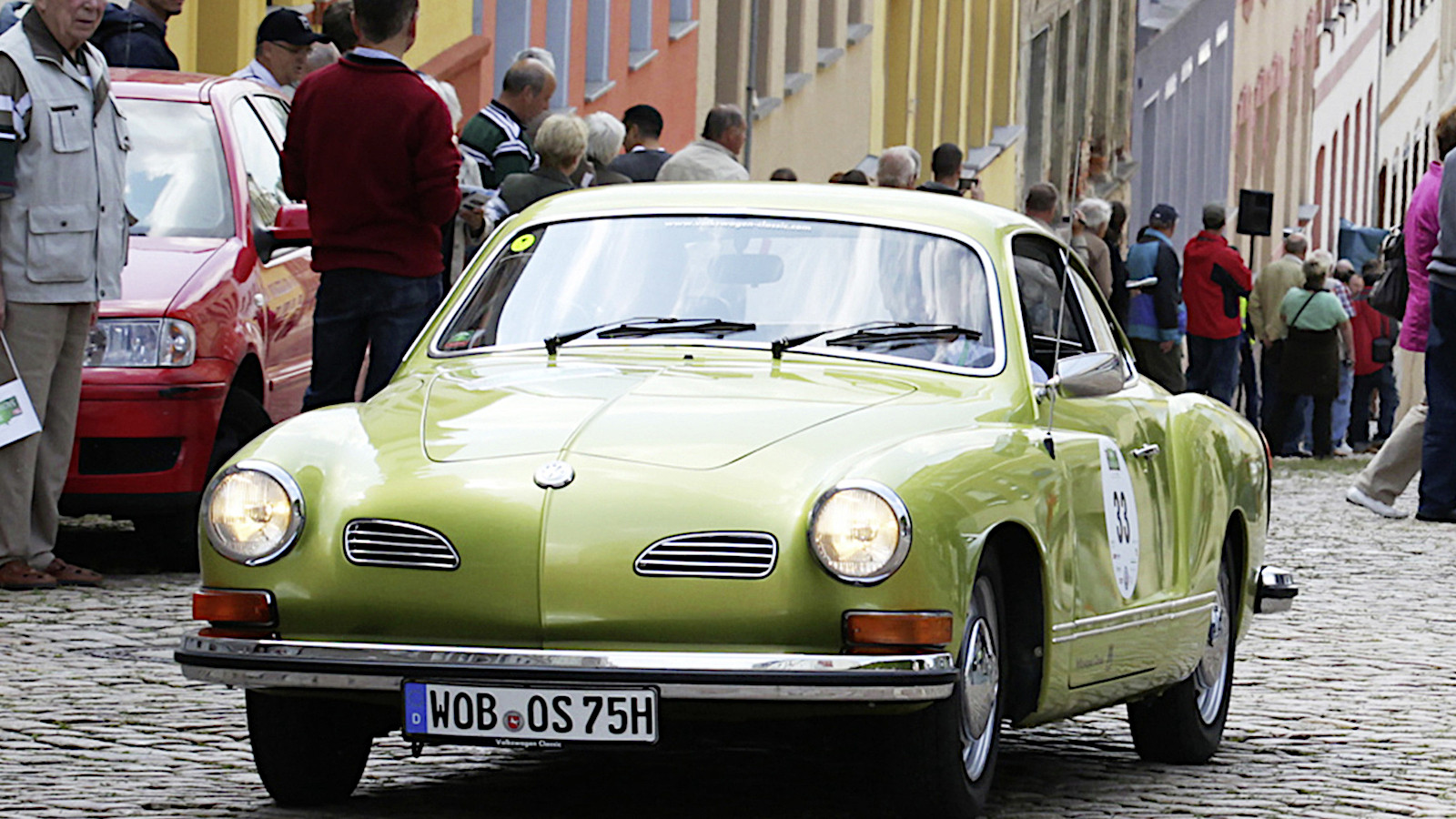 © Volkswagen
© Volkswagen -
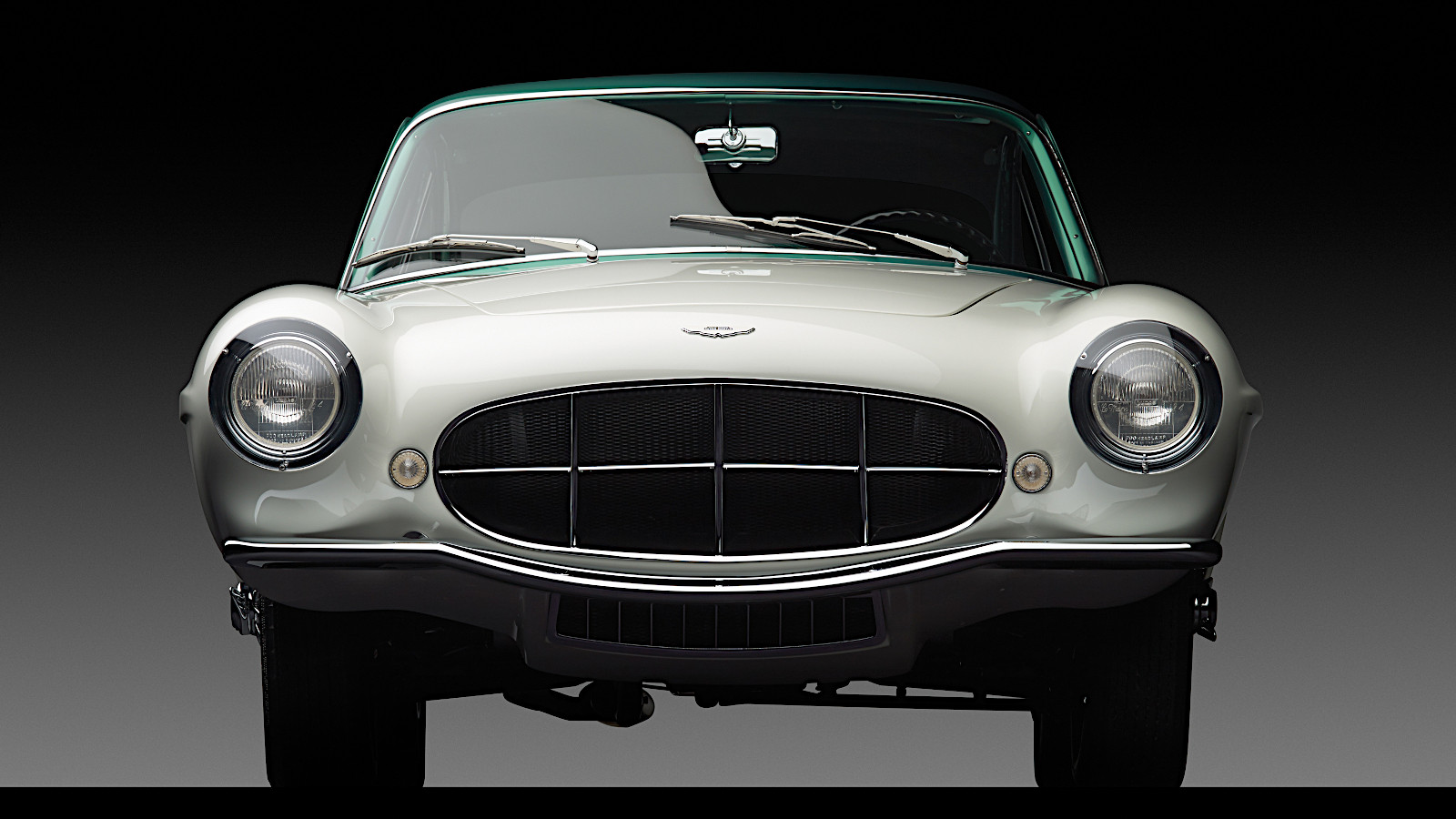 © Michael Furman/RM Auctions
© Michael Furman/RM Auctions -
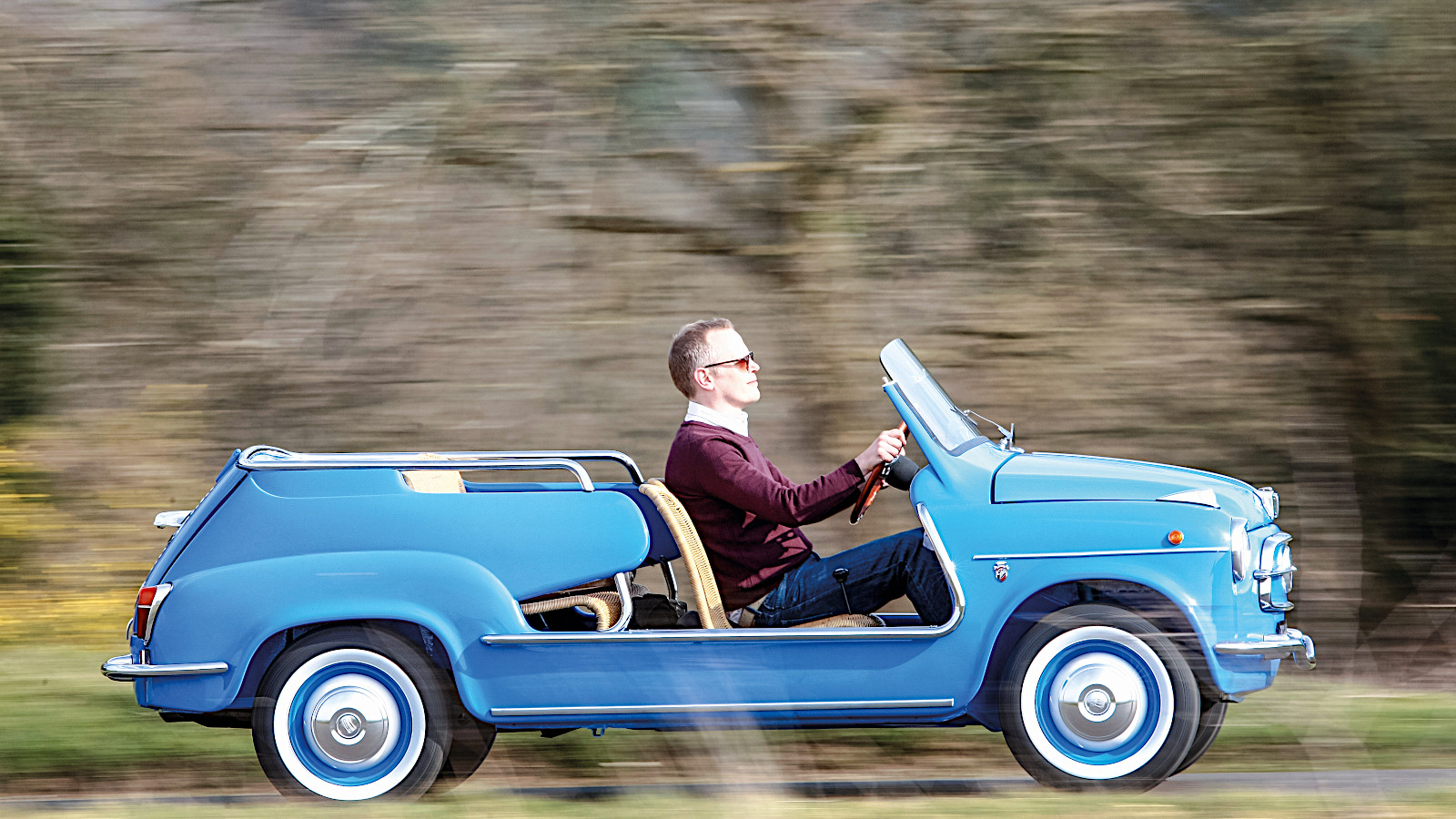 © Lyndon McNeil/Classic & Sports Car
© Lyndon McNeil/Classic & Sports Car -
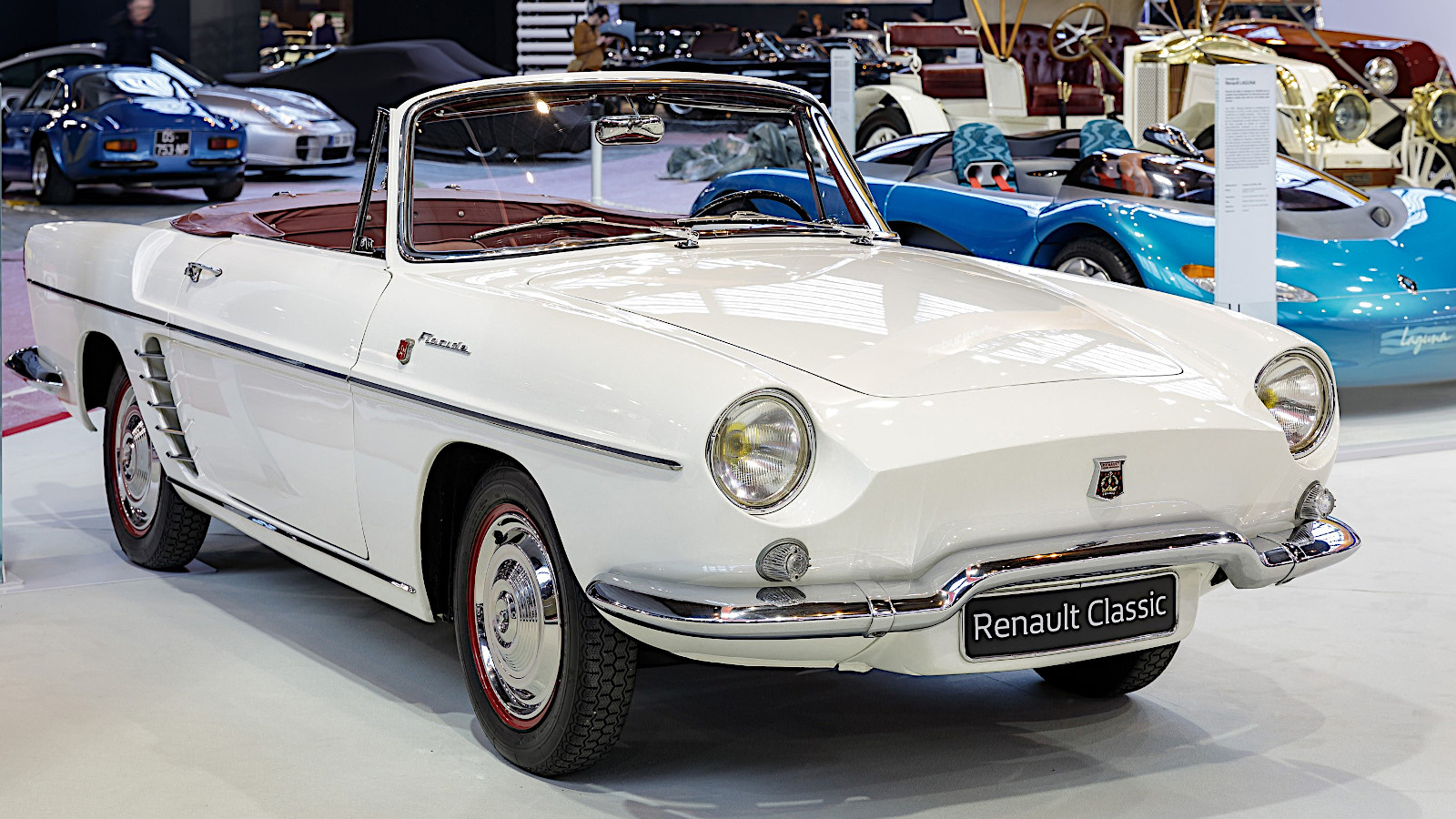 © Renault
© Renault -
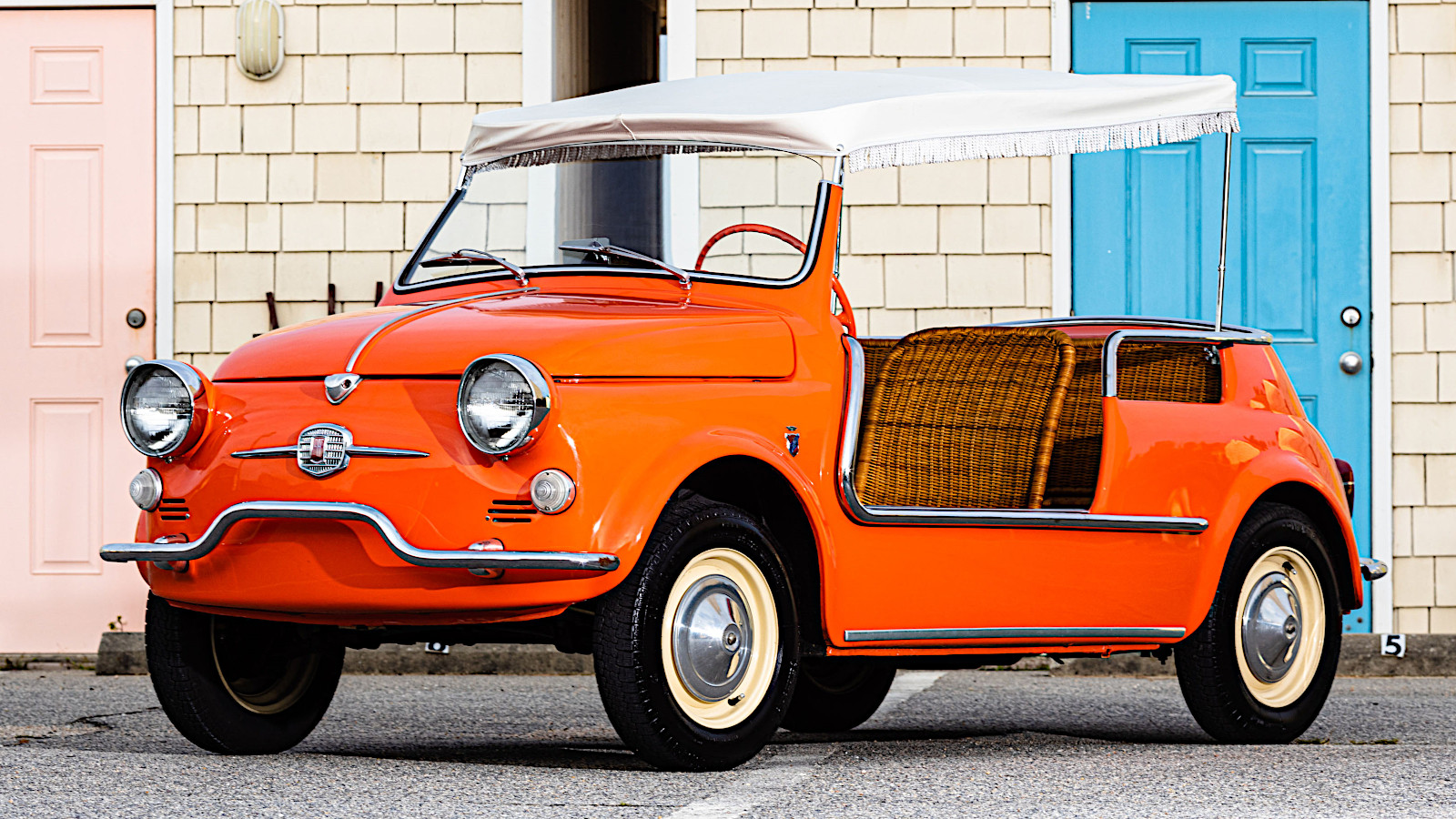 © RM Sotheby’s
© RM Sotheby’s -
 © Volkswagen
© Volkswagen -
 © Diana Varga/RM Sotheby’s
© Diana Varga/RM Sotheby’s -
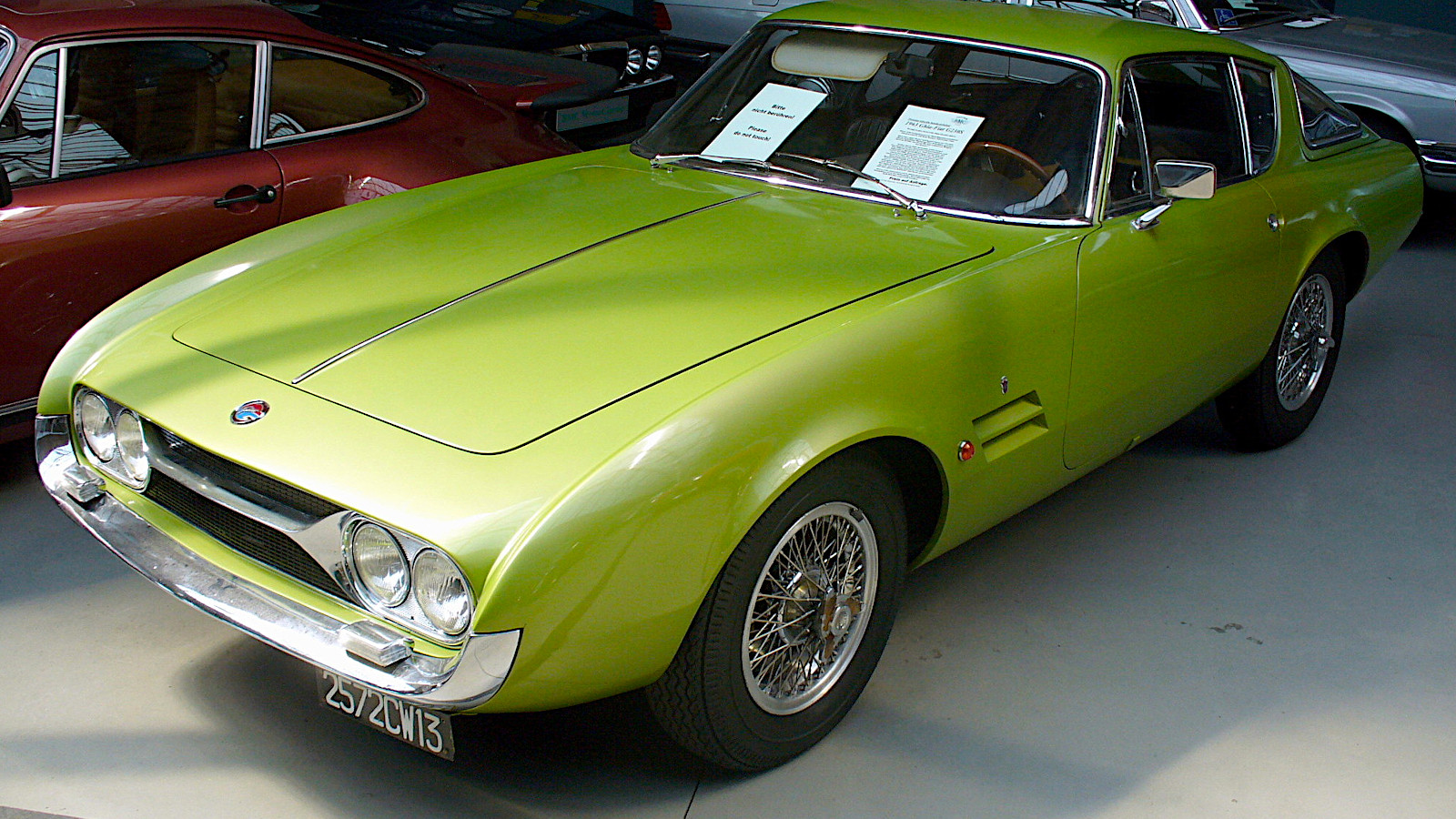 © Thomas doerfer/Creative Commons Licence: https://creativecommons.org/licenses/by-sa/3.0/legalcode
© Thomas doerfer/Creative Commons Licence: https://creativecommons.org/licenses/by-sa/3.0/legalcode -
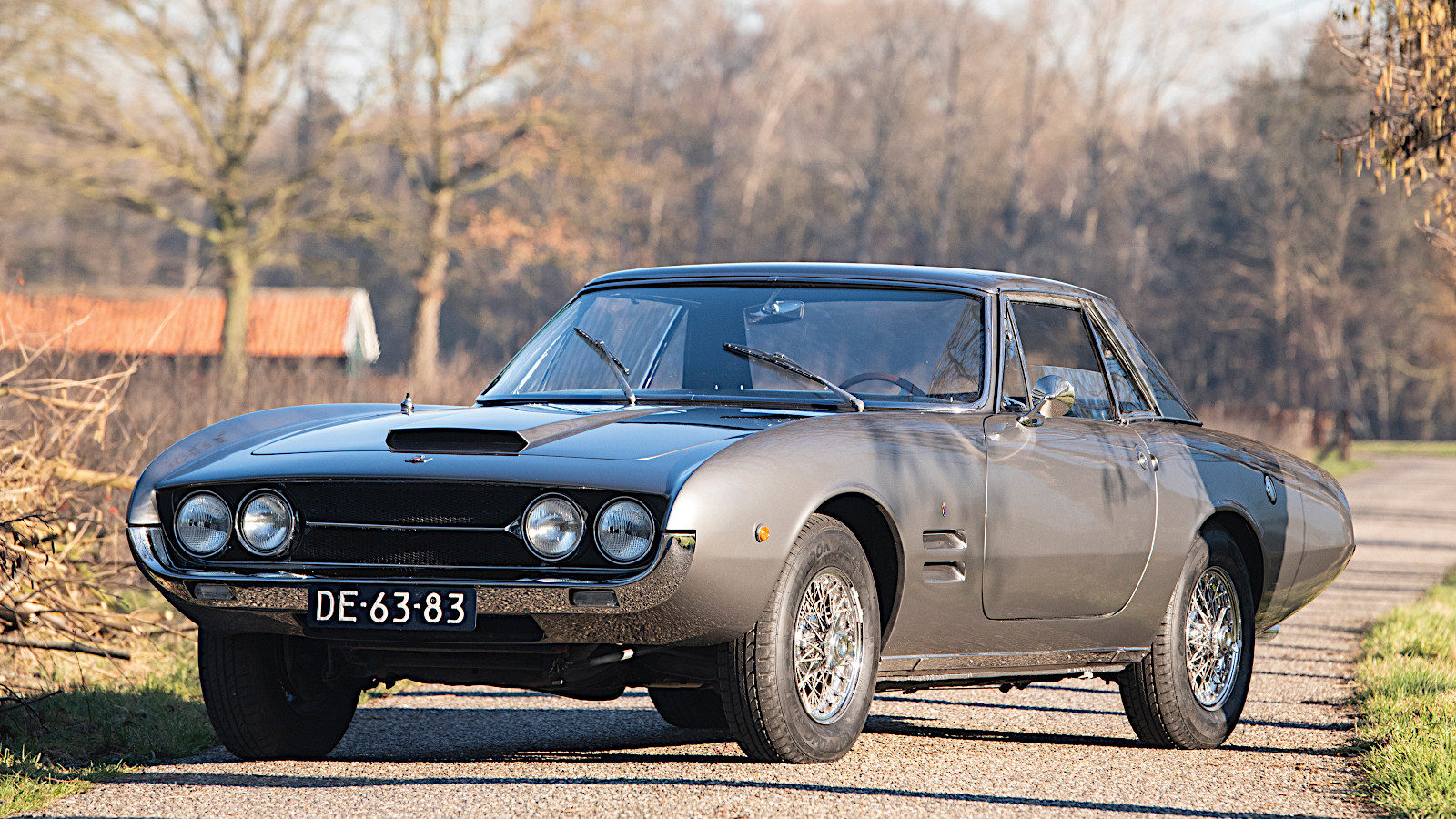 © Dirk de Jager/RM Sotheby’s
© Dirk de Jager/RM Sotheby’s -
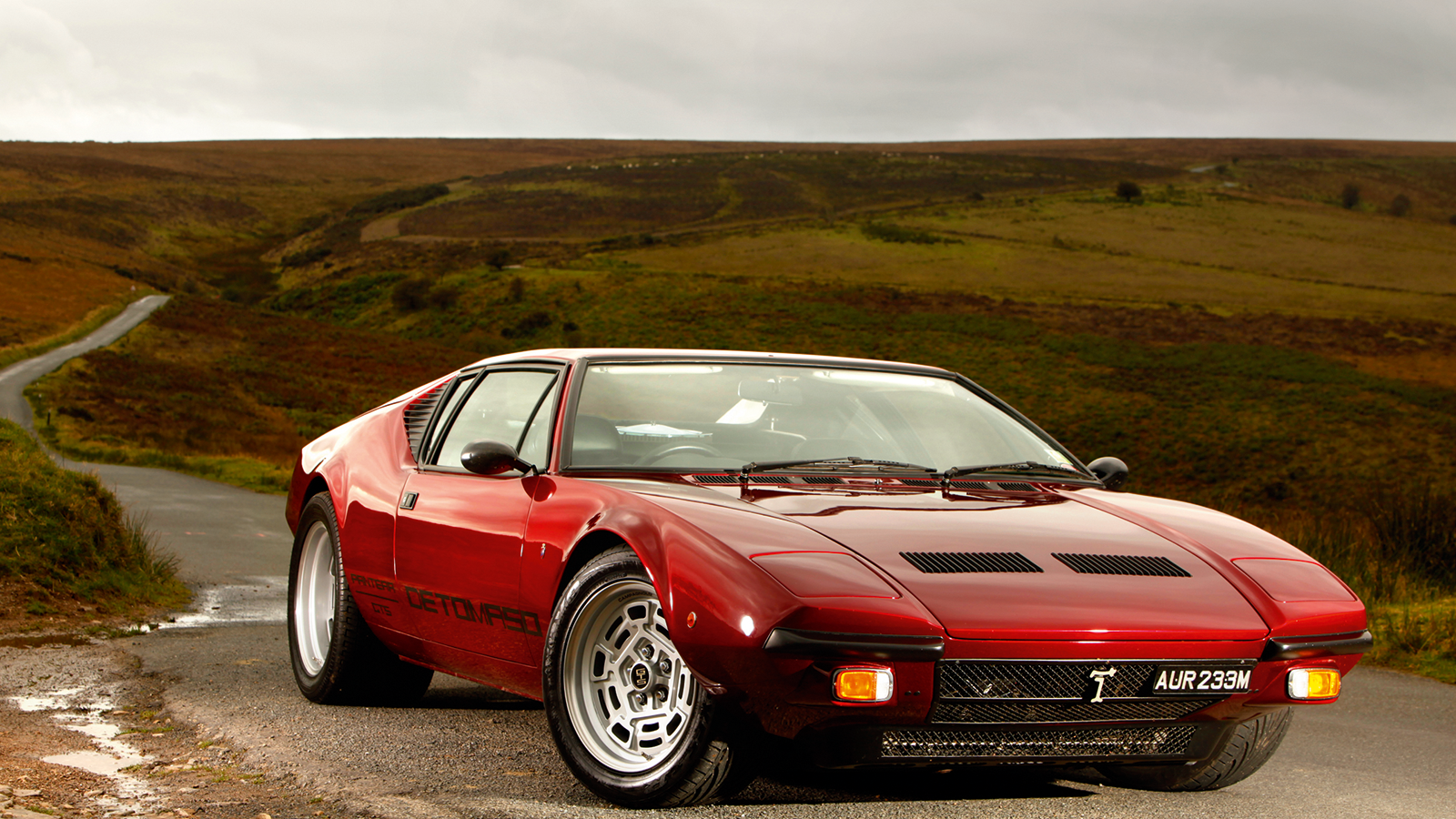 © Tony Baker/Classic & Sports Car
© Tony Baker/Classic & Sports Car -
 © Peter Singhof/RM Sotheby’s
© Peter Singhof/RM Sotheby’s -
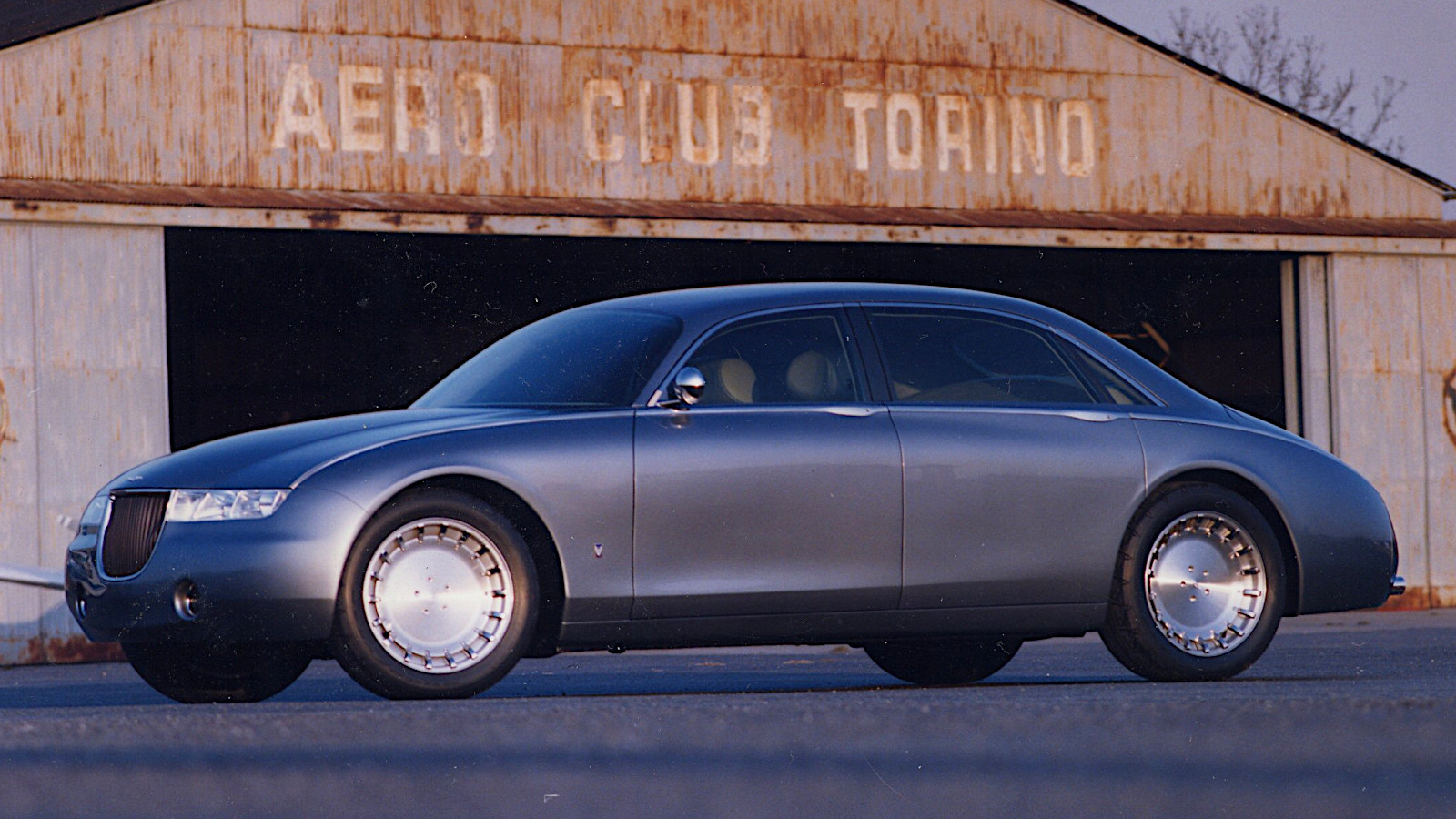 © Aston Martin
© Aston Martin -
 © Ford
© Ford
-
No longer under the radar
For many people, Ghia is simply the name of an upmarket trim level used by Ford, and perhaps a creator of concepts for the same manufacturer.
Classic car enthusiasts will know there’s a lot more to it than that. Giacinto Ghia founded his carrozzeria in Turin over a century ago, and it went on to design and build cars under either its own name, or that of other brands, on both sides of the Atlantic.
Here are 23 of the many remarkable models produced during the 20th century by one of the greatest Italian coachbuilders.
-
1. Fiat 508 Spider Sport
In 1932, Fiat introduced the 508, a compact saloon with a 995cc engine.
Many other body styles quickly became available. Fiat itself was responsible for most of these, but Ghia was brought in to design the raciest of them all.
The two-seat Spider Sport was even sleeker than Fiat’s own 508 Spider roadster, and had an uprated engine to match its looks.
-
2. Alfa Romeo 6C 2500 Sport Cabriolet
Ghia produced many versions of the fabulous Alfa Romeo 6C sports car. One of the most dramatic was this one, notable for the distinctive shape of its headlights.
Four slightly different examples were built. The one shown here, which fetched $264,500 at a Bonhams auction in 2015, is believed to be one of only two survivors.
It was designed by Felice Mario Boano in 1947, three years after Boano and Giorgio Alberti took over the company following the death of Giacinto Ghia.
-
3. Ferrari 195 Inter
The 195 Inter of 1950-’51 was the Grand Touring version of Ferrari’s 195 S sports racing car, with a less powerful version of the 2.3-litre V12 Colombo engine.
28 versions were built, of which Ghia accounted for 11 – two fewer than cross-town rival Touring.
The car pictured here was bought at the 1951 Brussels show by Leon Sventorghetski (better known as Leon Sven), manager of the Spa-Francorchamps race circuit. It subsequently competed in the 1957 Liège-Rome-Liège rally.
-
4. Fiat 8V Supersonic
Giovanni Savonuzzi worked at Ghia from 1953 to 1957. During that period, he was responsible for several Supersonic models, whose appearance was clearly inspired by his experience in the aviation industry.
The first Ghia Supersonic car produced in any significant volume was based on the short-lived Fiat 8V sports coupé, which was powered by a 2.0-litre V8 engine.
Both Fiat itself and several independent Italian coachbuilders designed bodies for the 8V, but the Ghia Supersonic was by some distance the most dramatic. Ghia produced 14 examples, though as we’re about to see this wasn’t the company’s only involvement with the car.
-
5. Fiat 8V
Ghia made one non-Supersonic version of the Fiat 8V, bringing the total to 15.
This one was the work of Felice Mario Boano, who, unlike Savonuzzi, had no experience in aviation.
This is clear from the design of his 8V. It is an eye-catching piece of work, but nothing like as futuristic as the Supersonic models.
-
6. Cadillac Series 62 Coupe
Although the third-generation Cadillac Series 62 was available with several body styles, there was a close design relationship between any one version and all the others.
Ghia was not involved with any of this, but it did receive an order to rebody two 1953 Convertibles purchased from a dealer in New York.
Luigi Segre, who had joined Ghia five years before and was about to take over the company when Felice Mario Boano left, came up with a design which bore no relation to any other Cadillac.
Two similar, but not identical, examples were built. The one shown here was sold at an RM Sotheby’s auction in 2016 for $1.4m.
-
7. Jaguar XK120 Supersonic
Visitors to the Earls Court Motor Show in 1948 were captivated by Jaguar’s sensational XK120 sports car. It would have been difficult for any of them to believe that Ghia would produce an arguably even more beautiful version of the same model by the middle of the next decade.
The XK120 Supersonic was almost indistinguishable from Giovanni Savonuzzi’s interpretation of the Fiat 8V, but since the combined production of both models was less than 20, this wasn’t really a problem.
Ghia’s XK120 immediately made the original car look old-fashioned, and it still appeared fresh when the E-type made its debut in 1961.
-
8. Plymouth Explorer
In the 1950s, Ghia built a number of dramatic Chrysler concept cars, many of which were designed by Chrysler’s Virgil Exner.
Exner has been credited with the 1954 Plymouth Explorer, but it is now considered more likely that it was the work of Luigi Segre.
Viewed from the front, the Explorer was very dramatic and utterly distinctive. From the rear, it closely resembled another, more famous Ghia design which would soon be put into production by a major European manufacturer.
-
9. Alfa Romeo 1900 Super Sprint Coupé
As with the 8C, Ghia built several versions of the Alfa Romeo 1900.
The Super Sprint Coupé featured here was designed by Giovanni Savonuzzi, and while it is quite definitely not one of his Supersonic models it does show his background in aeronautical engineering.
It was very different from the regular 1900. Alfa’s first post-war, first mass-produced, first unibody and first left-hand-drive model had a certain elegance to it, but in saloon form at least it was not (and of course could not have been expected to be) as dramatic as Savonuzzi’s version.
-
10. Jaguar XK140 Coupé
The XK140, launched in late 1954, was essentially an XK120 with several upgrades.
This Ghia-bodied version, which was produced in very small numbers in 1955, did not have the Supersonic body of the XK120 mentioned previously.
It was, however, similar to the earlier car in that an otherwise entirely British vehicle had been given a recognisably Italian exterior design.
-
11. Volkswagen Karmann Ghia
Widely regarded as one of the most beautifully styled cars ever built, the Karmann Ghia was based on the car nicknamed (but never officially called) the Volkswagen Beetle, designed by Ghia and manufactured by German coachbuilder Karmann.
From the front, the Karmann Ghia was very distinctive, and quite unlike the Beetle. From the rear, it looked very much like a smaller version of the Plymouth Explorer concept, which had appeared the year before the Volkswagen went into production in 1955.
-
12. Aston Martin DB2/4 Supersonic
Giovanni Savonuzzi’s Supersonic design made yet another appearance on an Aston Martin DB2/4 in 1956.
The Aston’s dimensions were different from those of the Fiat 8V and Jaguar XK120, but Ghia adapted the Supersonic body to make it fit.
In doing so, the Turin firm once again created a car which looked at least a decade newer than the standard vehicle.
-
13. Fiat 600 Jolly
Three years after the Fiat 600 was launched in 1955, Ghia acquired a batch for conversion into a ‘beach car’ similar in concept to the Citroën Méhari and Mini Moke of the following decade.
The conversion, which increased the price of the car tremendously, included removing the roof and doors, and fitting wicker seats.
The resulting Jolly was popular among stylish, wealthy people who drove slowly enough to avoid the risk of falling out of it when going round corners.
-
14. Renault Caravelle
The Renault Dauphine was a three-box saloon which approximately resembled the larger Frégate. It was largely designed in-house, but Ghia’s Luigi Segre was asked to make some adjustments, mostly to the rear half of the car.
When Renault decided to make a roadster version of the Dauphine, the exterior design was farmed out entirely to Ghia.
During his brief period of employment at the company, Pietro Frua was largely responsible for the 1958 Caravelle (also sold in some markets as the Floride), one of the most delightful little sports cars ever built by Renault or anyone else.
-
15. Fiat 500 Jolly
After its successful conversion of the Fiat 600, Ghia applied the ‘Jolly’ treatment once more to the slightly later 500 city car.
Although the cars were mechanically different (the later one having an air-cooled two-cylinder engine rather than a water-cooled ‘four’, for example), the thinking behind them was basically identical.
From a stylistic point of view, the 500 Jolly achieved the almost impossible feat of being even cuter than the earlier model.
-
16. Volkswagen Karmann Ghia Type 34
Although he was not responsible for the initial design, Sergio Sartorelli worked on updates for the original Karmann Ghia.
He is also credited with the styling of the later Type 34 version, which was based on the Volkswagen Type 3 saloon (marketed as the 1500 or 1600 depending on engine size).
As well as being larger and more powerful than the original car, the Type 34 had significantly more aggressive styling. This may partly explain why, although it was introduced several years later than the first Karmann Ghia (in 1962), it was discontinued several years earlier (in 1969).
-
17. Ghia 1500 GT
Ghia occasionally marketed cars under its own name, though not all of them – including the products of the short-lived Italian-American Dual Ghia brand – were designed in Turin.
The 1500 GT of 1963, however, was a Ghia product, even if it had Fiat 1500 mechanicals and was based on a shortened version of that car’s chassis.
Absolutely nothing of the angular Fiat’s design was carried over to the GT. The Ghia version was notable for the way its high roofline swooped down to a very low rear panel, a feature for which one had to be in the mood; 846 examples were built over five years.
-
18. Ghia G230S
On behalf of Fiat, Ghia created a coupé version of the Fiat 2300 saloon called the 2300 S, a project credited to both Sergio Sartorelli and American Tom Tjaarda.
Ghia then went a step further, developing the G230S from the same material. While the 2300 S looked like it might have been related to the Ferrari 250GTE (though in fact it wasn’t), the G230S bore no such resemblance, with its distinctive twin-headlight front end.
Only two examples are believed to have been built, both in 1963.
-
19. Ghia 450 SS
It’s plain to see, from the picture above, that the Ghia 450 SS was only a few styling details away from having exactly the same body as the G230S.
Underneath that body, the two cars were quite different. The 450 SS was almost entirely a first-generation Plymouth Barracuda, and its name indicated that it was fitted a 4.5-litre Chrysler V8 engine from the LA family, the largest fitted to the Barracuda at that time.
Reputedly, 450 SS buyers received a Barracuda owner’s manual with irrelevant information crossed out.
-
20. De Tomaso Pantera
In the mid- to late-’60s, Ghia was sold twice within a very short period. The later buyer was Alejandro de Tomaso, who naturally enough put Ghia to work on the De Tomaso Pantera, which went into full production in 1971.
Tom Tjaarda came up with a design which still looked fresh when the Pantera was discontinued (admittedly after a few updates) in 1992.
The Pantera was fitted with a variety of muscular Ford V8 engines ranging in size from 4.9 to 5.8 litres.
-
21. De Tomaso Longchamp
Tom Tjaarda was also responsible for De Tomaso’s Deauville saloon – launched, like the Pantera, in 1971 – and its coupé derivative, the Longchamp, which appeared the following year.
The two models had very different appearances, but they were both fitted with the 5.8-litre version of Ford’s Cleveland V8.
The Longchamp gave rise to the 1976 Maserati Kyalami (Maserati also being owned by Alejandro de Tomaso at this time), but Ghia had nothing to do with that model. It was designed by Pietro Frua, who, although he had worked at Ghia in the past, had by then long-since left.
-
22. Aston Martin Lagonda Vignale
Ford bought Ghia in the early 1970s, after which it became both a design studio and the name of the highest trim level for most Ford models.
Aston Martin later became part of Ford too, so it was inevitable that Ghia would be tasked with designing Aston’s Lagonda Vignale concept of 1993.
The Vignale (ironically named after another Ford-owned brand which had once been a Turin-based rival to Ghia) was based on the Panther platform which formed the basis of the Lincoln Town Car, Ford LTD and Mercury Marquis.
The concept’s design was the work of three big-name British designers who worked for Ghia at the time: Moray Callum (exterior), David Wilkie (interior) and Sally Erickson Wilson (colour and materials).
-
23. Ford Saetta
The Saetta concept was one of the last Ghia designs of the 20th century. Like the first-generation Ford Ka, which went on sale a few months after the Saetta was displayed at the 1996 Turin show, it was based on the platform used for the contemporary Ford Fiesta.
The Saetta was the work of a team led by Camilo Pardo, whose later work included the Ford GT, and resembles the Ka closely in some ways. In fact, the Ka, designed by Ford’s Chris Svensson, had a completely different shape, and looked nothing at all like the Saetta from the rear.
That said, the front-end treatment, and particularly the headlights, of the two cars were very similar. The Saetta also previewed Ford’s New Edge styling, which featured on the Ka, the Puma, the Focus and the Cougar, all launched in the mid- to late-’90s.
